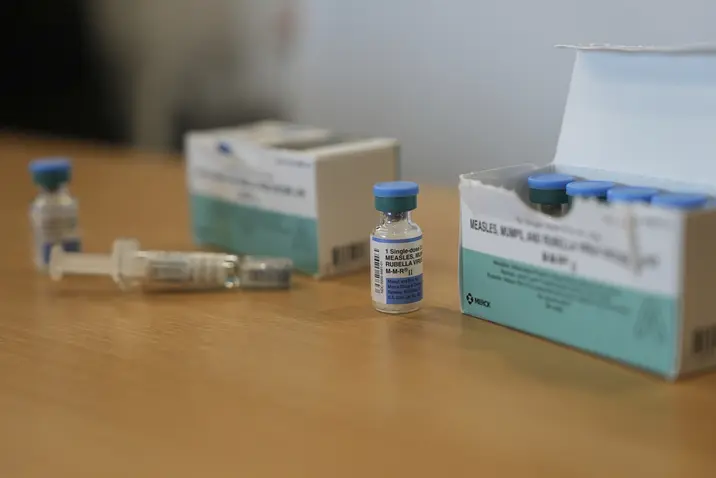T4K3.news
Vaccine gaps in Durham County
Durham County shows the lowest vaccine rate in central NC for kindergarteners as schools prepare to reopen; health officials urge catch-up vaccines and trusted information.
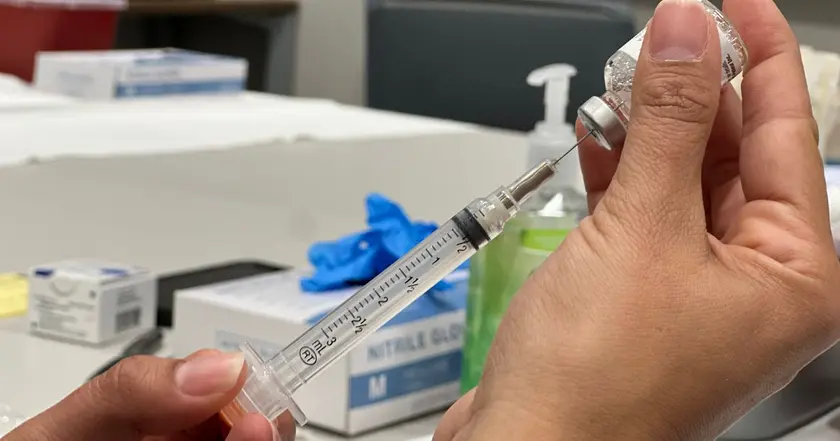
Experts warn that low vaccine rates could heighten the risk of outbreaks as schools reopen.
Durham County records lowest vaccine rates in central NC ahead of school year
Durham County has the lowest kindergarten vaccination rate in central North Carolina at 88%, according to the North Carolina Department of Human Services Kindergarten Immunization Dashboard. Orange County leads central NC with 97%, while Wake and Johnston are at 94% and Chatham at 95%; the statewide rate for kindergarteners is 93%. Health experts note that measles requires about 95% herd immunity, with rubella around 80-85%. The MMR vaccine is the key near-term protection, and two doses provide strong protection against measles. The data also show gaps that vary by age, with older children more likely to be under-vaccinated, a pattern linked in part to pandemic disruptions and routine care interruptions.
Durham's figure surprised Dr. Tony Moody of Duke Health, who says the county's rate is lower than expected in a medically savvy area. He points to pandemic disruptions and the drop-off in vaccines as children grow older, noting teens are often late with shot schedules. Moody urges parents to talk with their pediatrician, catch up on MMR and other CDC-recommended vaccines, and to seek trusted sources amid online misinformation. He emphasizes that delaying vaccination could raise the risk of a public health crisis if a measles case appears in a classroom.
Key Takeaways
"Durham County is lower than I would’ve expected, given it’s a very medically savvy community."
Moody on Durham’s unexpectedly low uptake.
"Vaccines don’t make money, that’s just the truth."
Moody on the purpose of vaccination campaigns.
"If you’re susceptible to measles and you get it, there’s about a 20% chance of going into the hospital."
Risk of serious illness if unvaccinated.
"We have to get better at saying here’s what the truth is and here’s what the data show."
Moody on communicating vaccine information.
The numbers reveal a division between medical resources and vaccine uptake that demands targeted outreach and equity-focused strategies. Meeting families where they are—through school clinics, community centers, and trusted primary care networks—could close gaps more effectively than long-running campaigns alone. The trend also highlights the challenge of reaching teens, who often miss vaccines during transitions to middle school, high school, or college.
Policy responses should prioritize clear, evidence-based communication and sustained funding for catch-up programs. Local health departments and schools can collaborate to offer convenient access, while public messaging should counter misinformation with concise facts and empathetic explanations of risks and benefits.
Highlights
- Vaccines protect communities as well as individuals
- Measles spreads fast when vaccines lag
- Talk to your pediatrician not social media for facts
- Catch-up shots now can prevent a late fall outbreak
Public health risk from low vaccination rates
Durham County's 88% kindergarten vaccination rate raises the risk of measles outbreaks as students return to school. Gaps reflect pandemic disruption, access issues, and misinformation; local authorities may face backlash or demands for stronger outreach and resources.
The fall will test whether data translate into action that protects classrooms.
Enjoyed this? Let your friends know!
Related News
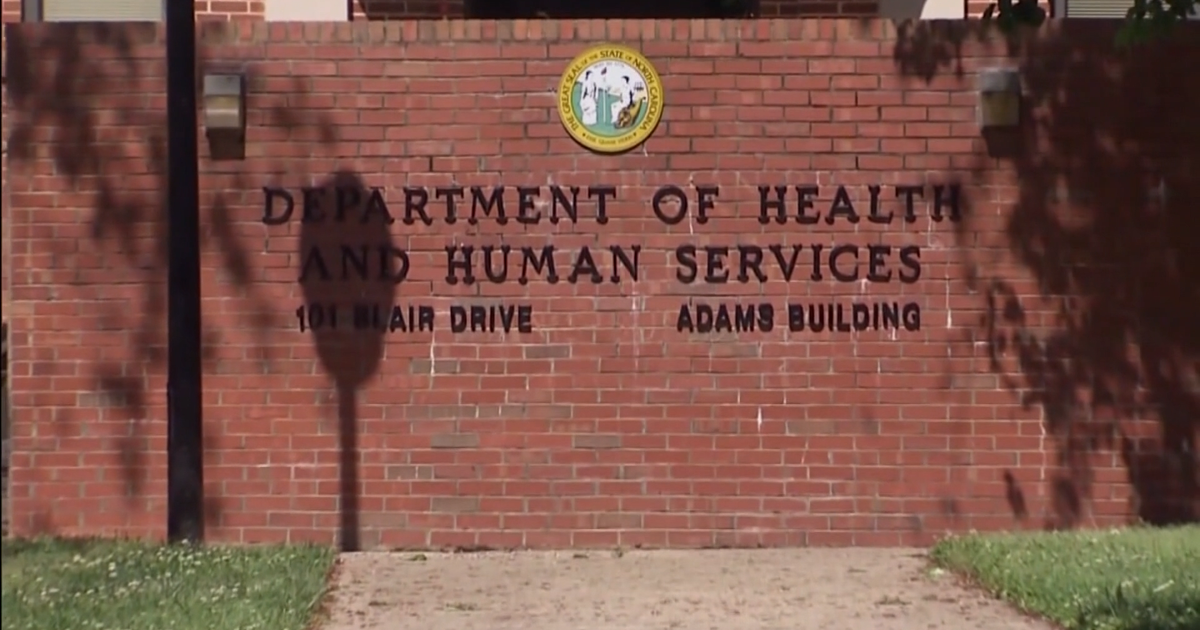
First West Nile virus case reported in North Carolina
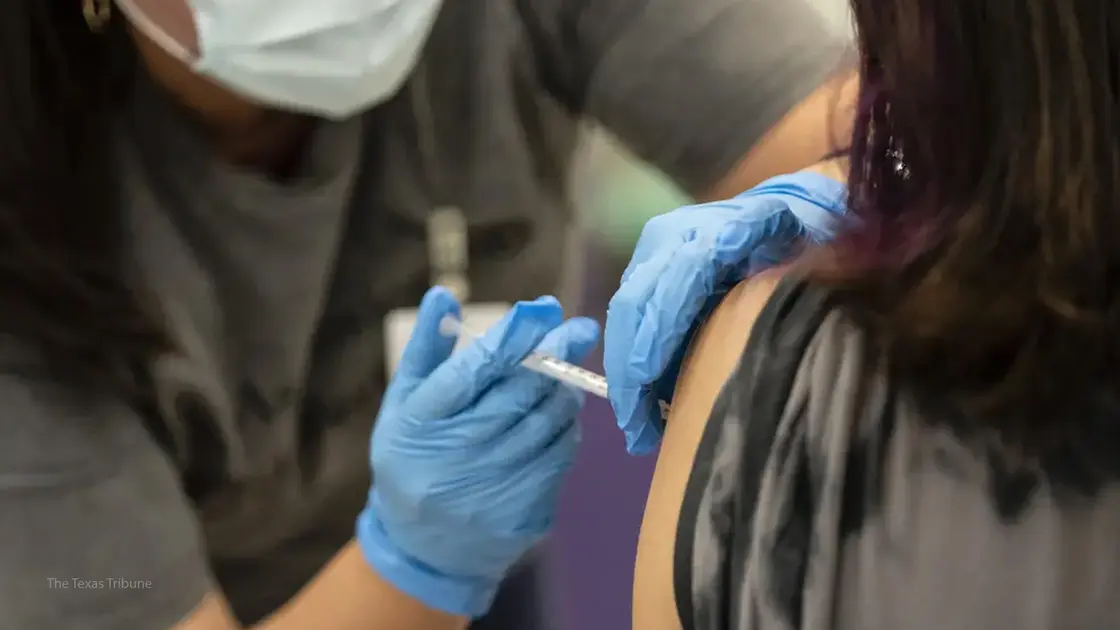
Texas vaccine exemption surge

Franklin County notices 10th rabies case this year
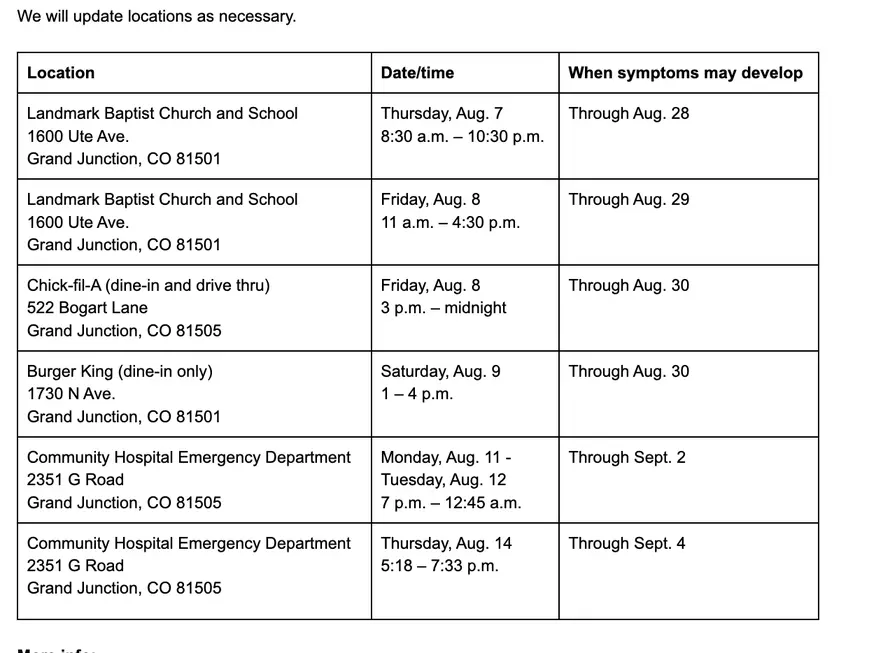
Measles exposure in Grand Junction

Measles case confirmed in Kootenai County

CDC Shooting prompts security review

Measles signal detected in Nevada wastewater
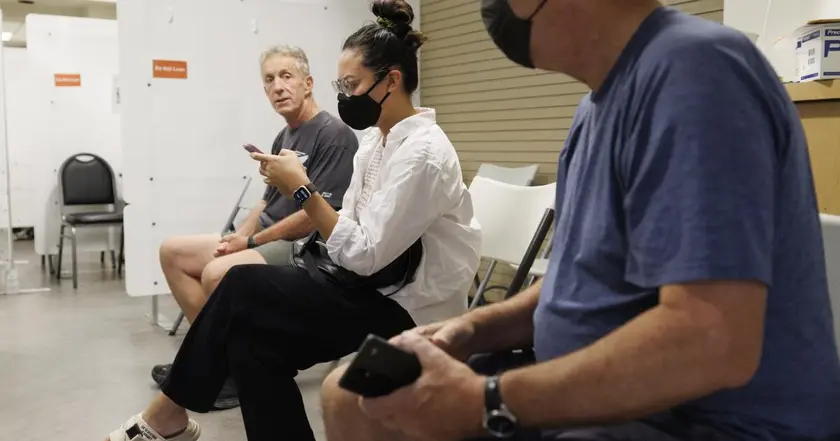
COVID-19 cases increase in California
